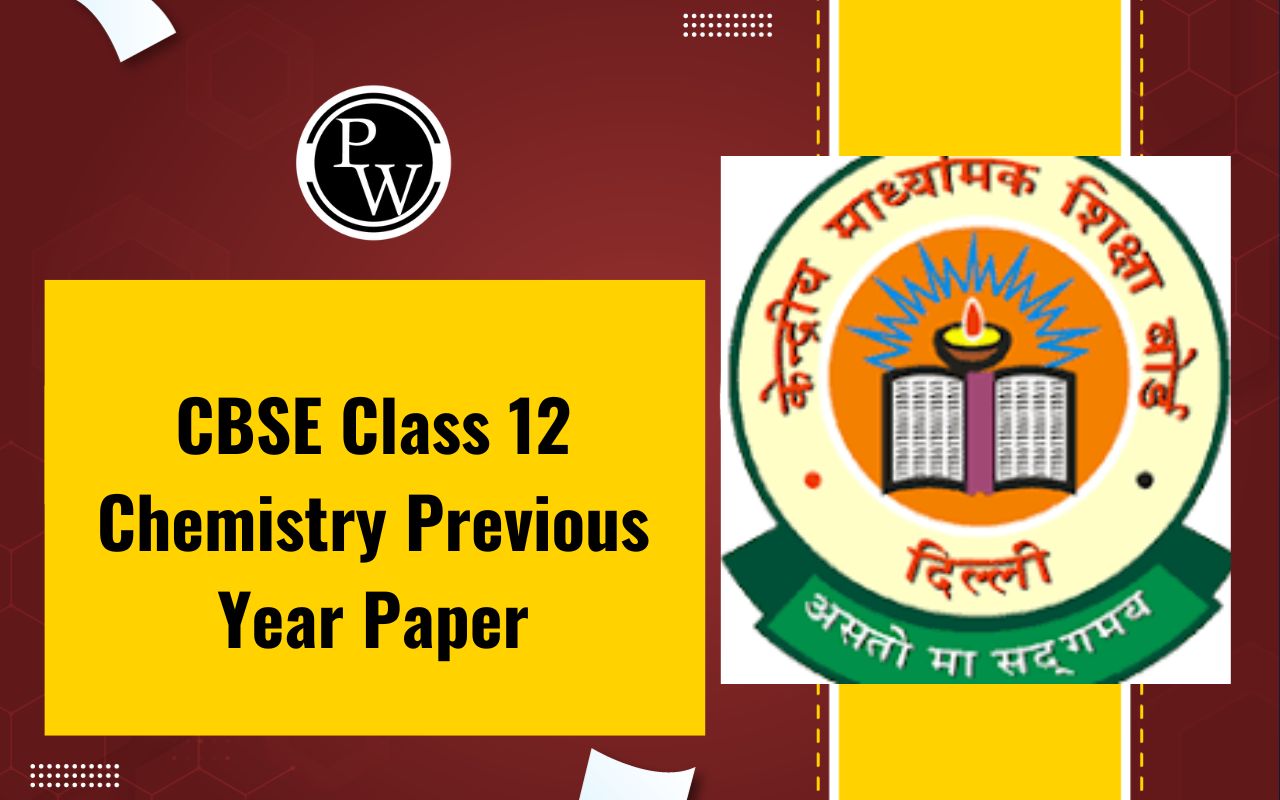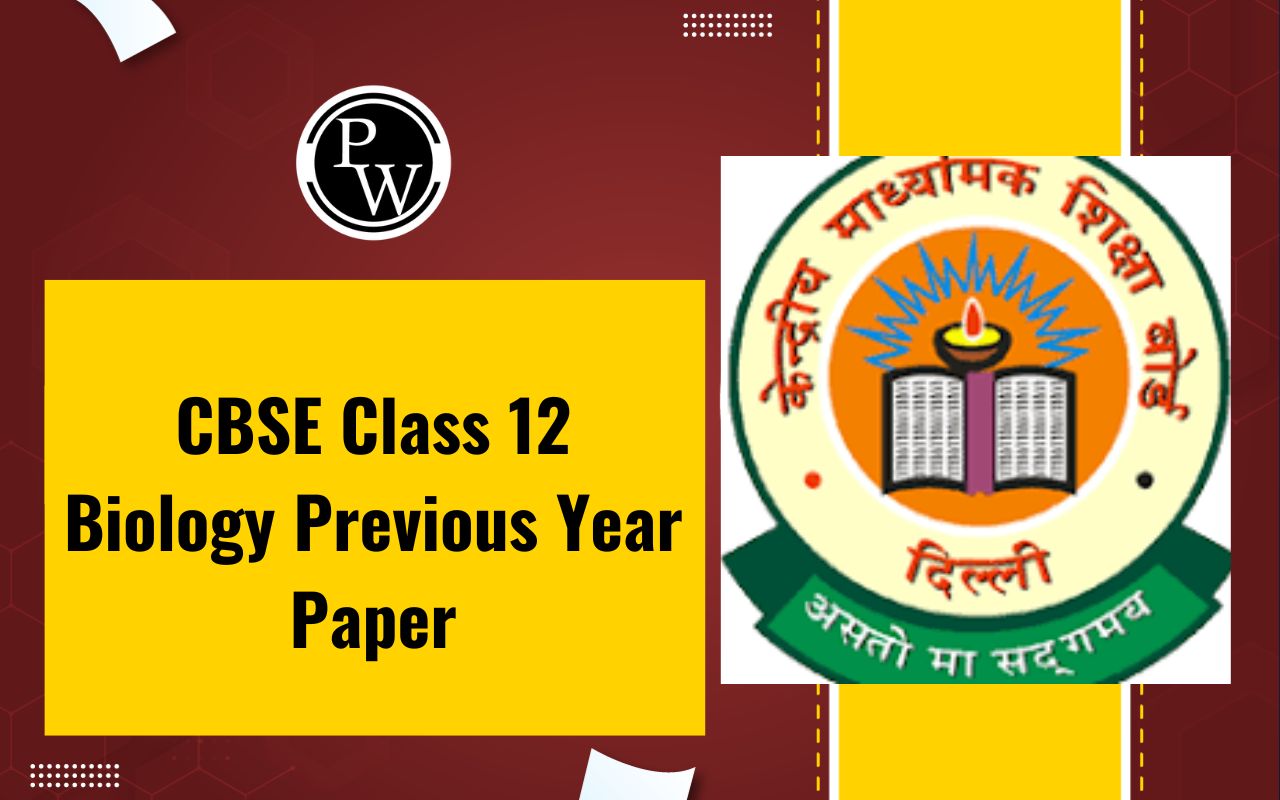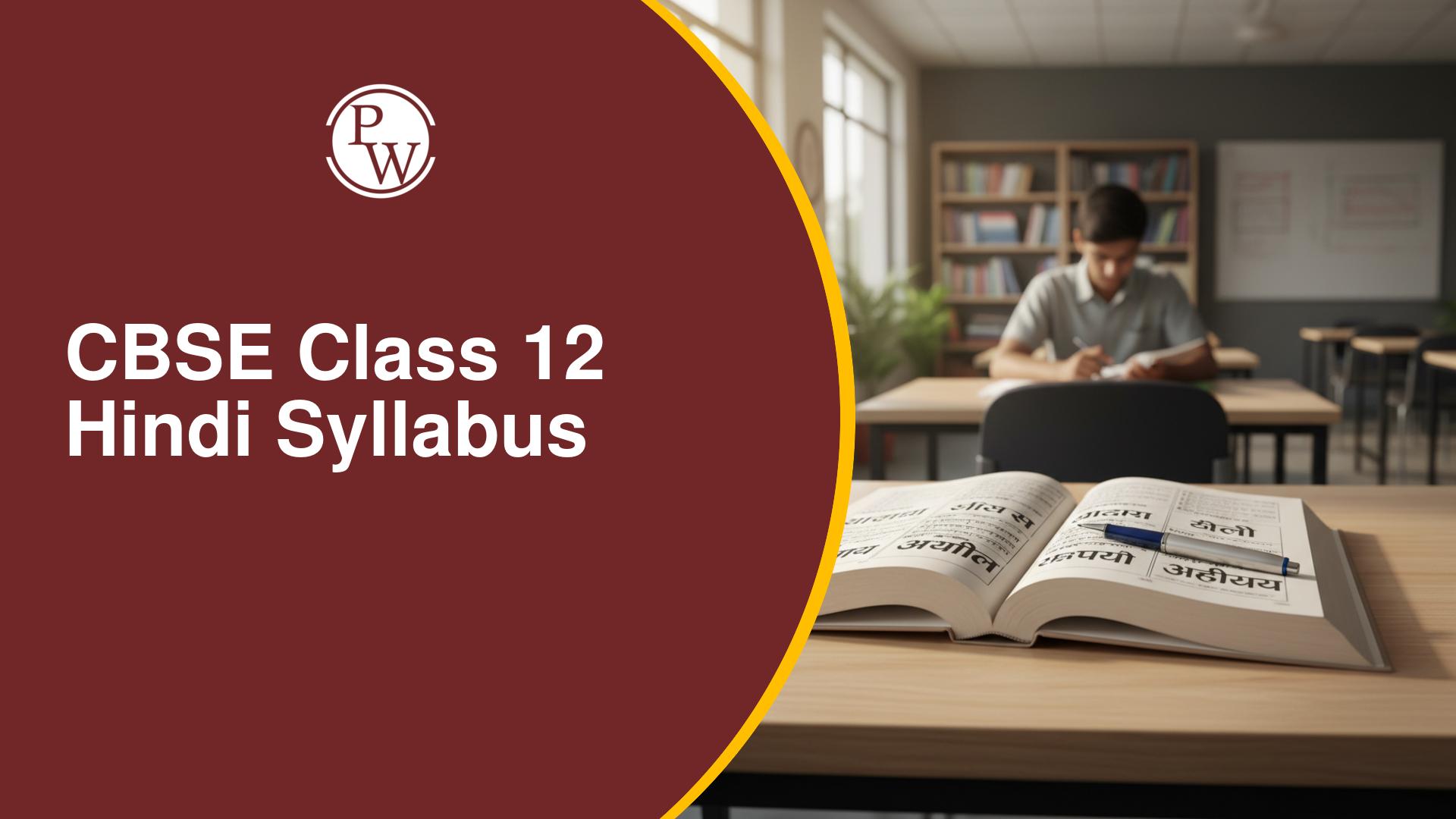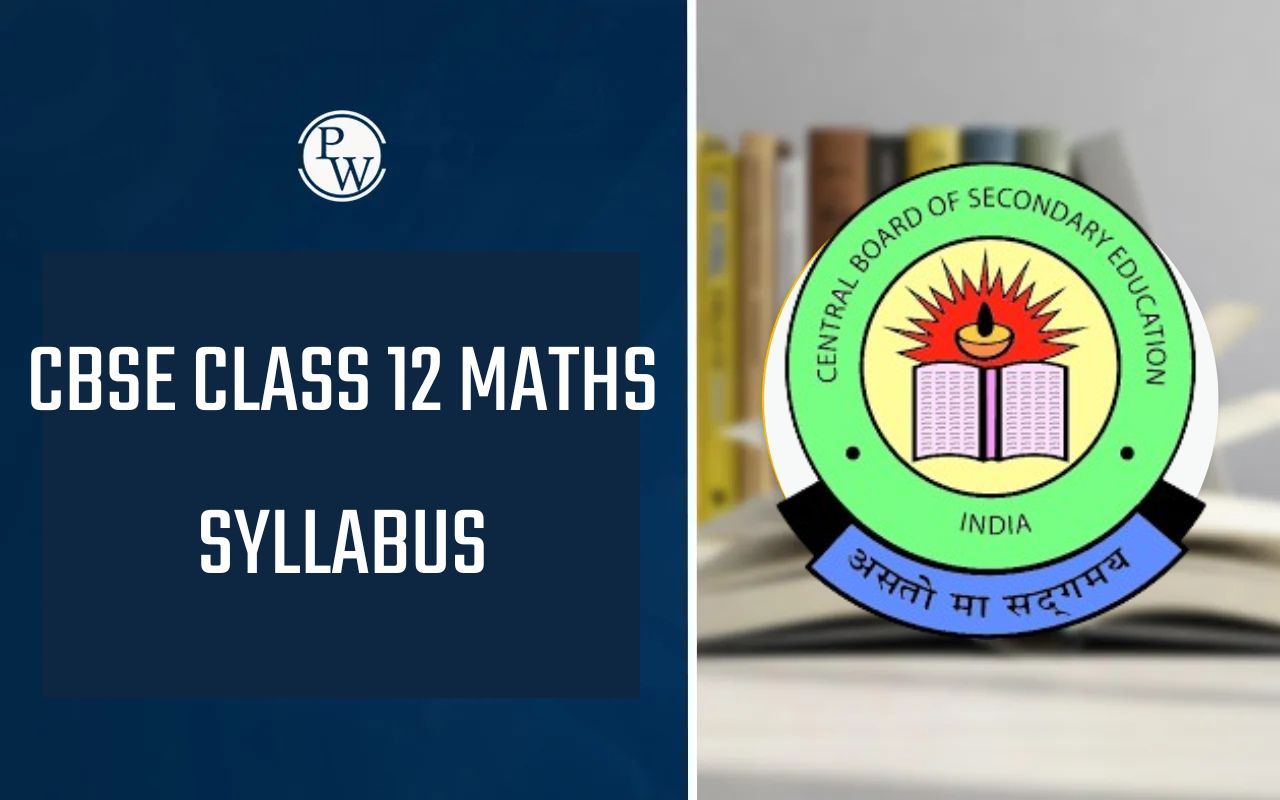
NCERT Solutions for Class 12 Maths Chapter 9 Miscellaneous Exercise (Differential Equations)
NCERT Solutions for Class 12 Maths Chapter 9 Miscellaneous Exercise Differential Equations is prepared by the academic team of Physics Wallah. We have prepared NCERT Solutions for all exercise of Chapter 9. Given below are step-by-step solutions to all questions given in the NCERT Solutions for Class 12 Maths Chapter 9 Miscellaneous Exercise.NCERT Solutions for Class 12 Maths Chapter 9 Miscellaneous Exercise Overview
NCERT Solutions for Class 12 Maths Chapter 9 Miscellaneous Exercise is prepared by our experts to help students understand the concepts of the chapter better. Students can solve these questions before their examinations these questions will help them to understand the concepts better and by doing these questions students can easily ace their examinations.NCERT Solutions for Class 12 Maths Chapter 9 Miscellaneous Exercise
Solve The Following Questions of NCERT Solutions for Class 12 Maths Chapter 9 Miscellaneous Exercise:
Question 1. For each of the differential equations given below, indicate its order and degree (if defined): (i) (ii)
(ii)
 (iii)
(iii)
 Solution :
(i) Given: Differential equation
Solution :
(i) Given: Differential equation
 The highest order derivative present in this differential equation is d
2
y/dx
2
and hence order of this differential equation if 2.
The given differential equation is a polynomial equation in derivatives and highest power of the highest order derivative d
2
y/dx
2
is 1.
Therefore, Order = 2, Degree = 1
(ii) Given: Differential equation
The highest order derivative present in this differential equation is d
2
y/dx
2
and hence order of this differential equation if 2.
The given differential equation is a polynomial equation in derivatives and highest power of the highest order derivative d
2
y/dx
2
is 1.
Therefore, Order = 2, Degree = 1
(ii) Given: Differential equation
 The highest order derivative present in this differential equation is dy/dx and hence order of this differential equation if 1.
The given differential equation is a polynomial equation in derivatives and highest power of the highest order derivative dy/dx is 3.
Therefore, Order = 1, Degree = 3
(iii) Given: Differential equation
The highest order derivative present in this differential equation is dy/dx and hence order of this differential equation if 1.
The given differential equation is a polynomial equation in derivatives and highest power of the highest order derivative dy/dx is 3.
Therefore, Order = 1, Degree = 3
(iii) Given: Differential equation
 The highest order derivative present in this differential equation is d
4
y/dx
4
and hence order of this differential equation if 4.
The given differential equation is not a polynomial equation in derivatives therefore, degree of this differential equation is not defined.
Therefore, Order = 4, Degree not defined.
Question 2. For each of the exercises given below verify that the given function (implicit or explicit) is a solution of the corresponding differential equation:
The highest order derivative present in this differential equation is d
4
y/dx
4
and hence order of this differential equation if 4.
The given differential equation is not a polynomial equation in derivatives therefore, degree of this differential equation is not defined.
Therefore, Order = 4, Degree not defined.
Question 2. For each of the exercises given below verify that the given function (implicit or explicit) is a solution of the corresponding differential equation:
 Solution :
Solution :
 Therefore, Function given by eq. (i) is a solution of D.E. (ii).
Therefore, Function given by eq. (i) is a solution of D.E. (ii).
 Therefore, Function given by eq. (i) is a solution of D.E. (ii).
Therefore, Function given by eq. (i) is a solution of D.E. (ii).
 Therefore, Function given by eq. (i) is a solution of D.E. (ii).
Therefore, Function given by eq. (i) is a solution of D.E. (ii).
 Therefore, Function given by eq. (i) is a solution of D.E. (ii).
Therefore, Function given by eq. (i) is a solution of D.E. (ii).
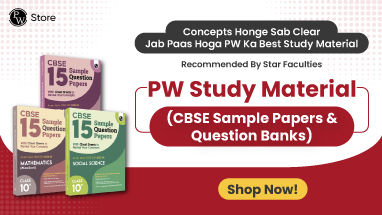 Question 3. Form the differential equation representing the family of curves
Question 3. Form the differential equation representing the family of curves
 where a ia an arbitrary constant.
Solution :
Equation of the given family of curves is
where a ia an arbitrary constant.
Solution :
Equation of the given family of curves is

 Question 4. Prove that
Question 4. Prove that
 is the general equation of the differential equation
is the general equation of the differential equation
 where c is a parameter.
Solution :
where c is a parameter.
Solution :
 Integrating both sides, we get:
Integrating both sides, we get:
 Substituting the values of
I
1
and
I
2
in equation (3), we get:
Substituting the values of
I
1
and
I
2
in equation (3), we get:
 Hence, the given result is proved.
Question 5. For the differential equation of the family of the circles in the first quadrant which touch the coordinate axes.
Solution :
The equation of a circle in the first quadrant with centre (
a
,
a
) and radius (
a)
which touches the coordinate axes is:
Hence, the given result is proved.
Question 5. For the differential equation of the family of the circles in the first quadrant which touch the coordinate axes.
Solution :
The equation of a circle in the first quadrant with centre (
a
,
a
) and radius (
a)
which touches the coordinate axes is:
 Question 6. Find the general solution of the differential equation
Question 6. Find the general solution of the differential equation
 Solution :
Given: Differential Equation
Solution :
Given: Differential Equation

 Question 7. Show that the general solution of the differential equation
Question 7. Show that the general solution of the differential equation
 is given by (
x
+
y
+ 1) =
A
(1 –
x
–
y
– 2
xy
), where
A is parameter
Solution :
Given: Differential equation
is given by (
x
+
y
+ 1) =
A
(1 –
x
–
y
– 2
xy
), where
A is parameter
Solution :
Given: Differential equation

 Integrating both sides,
Integrating both sides,
 Question 8. Find the equation of the curve passing through the point (0,π/4), whose differential equation is sin x cos y dx + cos x sin y dy = 0.
Solution :
The differential equation of the given curve is:
Question 8. Find the equation of the curve passing through the point (0,π/4), whose differential equation is sin x cos y dx + cos x sin y dy = 0.
Solution :
The differential equation of the given curve is:
 Question 9.Find the particular solution of the differential equation (1 + e
2x
) dy + (1 + y
2
) ex dx = 0, given that y = 1 when x = 0.
Solution :
Question 9.Find the particular solution of the differential equation (1 + e
2x
) dy + (1 + y
2
) ex dx = 0, given that y = 1 when x = 0.
Solution :
 This is the required particular solution of the given differential equation.
Question 10. Solve the differential equation:
This is the required particular solution of the given differential equation.
Question 10. Solve the differential equation:
 Solution :
Solution :
 Question 11. Find a particular solution of the differential equation (x – y) (dx + dy) = dx – dy, given that y = –1, when x = 0. (Hint: put x – y = t)
Solution :
Question 11. Find a particular solution of the differential equation (x – y) (dx + dy) = dx – dy, given that y = –1, when x = 0. (Hint: put x – y = t)
Solution :
 Now,
y
= –1 at
x
= 0.
Therefore, equation (3) becomes:
log 1 = 0 – 1 + C
⇒ C = 1
Substituting C = 1 in equation (3) we get:
log| x- y| = x + y + 1
This is the required particular solution of the given differential equati
on.
Question 12. Solve the differential equation:
Now,
y
= –1 at
x
= 0.
Therefore, equation (3) becomes:
log 1 = 0 – 1 + C
⇒ C = 1
Substituting C = 1 in equation (3) we get:
log| x- y| = x + y + 1
This is the required particular solution of the given differential equati
on.
Question 12. Solve the differential equation:
 Solution :
Solution :
 Question 13. Find the particular solution of the differential equation
Question 13. Find the particular solution of the differential equation
 given that
y
= 0 when x = π/2
Solution :
The given differential equation is:
given that
y
= 0 when x = π/2
Solution :
The given differential equation is:
 This is the required particular solution of the given differential equation.
Question 14. Find the particular solution of the differential equation
This is the required particular solution of the given differential equation.
Question 14. Find the particular solution of the differential equation
 given that
y
= 0 when
x
= 0
Solution :
given that
y
= 0 when
x
= 0
Solution :
 Now, at
x
= 0 and
y
= 0, equation (2) becomes:
Now, at
x
= 0 and
y
= 0, equation (2) becomes:
 This is the required particular solution of the given differential equation.
Question 15. The population of a village increases continuously at the rate proportional to the number of its inhabitants present at any time. If the population of the village was 20,000 in 1999 and 25,000 in the year 2004, what will be the population of the village in 2009?
Solution :
Let the population at any instant (
t)
be
y
.
It is given that the rate of increase of population is proportional to the number of inhabitants at any instant.
This is the required particular solution of the given differential equation.
Question 15. The population of a village increases continuously at the rate proportional to the number of its inhabitants present at any time. If the population of the village was 20,000 in 1999 and 25,000 in the year 2004, what will be the population of the village in 2009?
Solution :
Let the population at any instant (
t)
be
y
.
It is given that the rate of increase of population is proportional to the number of inhabitants at any instant.
 Integrating both sides, we get:
log
y
=
kt
+ C … (1)
In the year 1999,
t
= 0 and
y
= 20000.
Therefore, we get:
log 20000 = C … (2)
In the year 2004,
t
= 5 and
y
= 25000.
Therefore, we get:
Integrating both sides, we get:
log
y
=
kt
+ C … (1)
In the year 1999,
t
= 0 and
y
= 20000.
Therefore, we get:
log 20000 = C … (2)
In the year 2004,
t
= 5 and
y
= 25000.
Therefore, we get:
 In the year 2009,
t
= 10 years.
Now, on substituting the values of
t
,
k,
and C in equation (1), we get:
In the year 2009,
t
= 10 years.
Now, on substituting the values of
t
,
k,
and C in equation (1), we get:
 Hence, the population of the village in 2009 will be 31250.
Choose the correct answer:
Question 16. The general solution of the differential equation
Hence, the population of the village in 2009 will be 31250.
Choose the correct answer:
Question 16. The general solution of the differential equation
 is:
(A)
xy
= C
(B)
x
= C
y
2
(C)
y
= C
x
(D)
y
= C
x
2
Solution :
The given differential equation is:
is:
(A)
xy
= C
(B)
x
= C
y
2
(C)
y
= C
x
(D)
y
= C
x
2
Solution :
The given differential equation is:
 Therefore, option (C) is correct.
Question 17. The general equation of a differential equation of the type
Therefore, option (C) is correct.
Question 17. The general equation of a differential equation of the type
 is:
is:
 Solution :
The integrating factor of the given differential equation
Solution :
The integrating factor of the given differential equation
 The general solution of the differential equation is given by,
The general solution of the differential equation is given by,
 Hence, the correct answer is C
Question 18. The general solution of the differential equation
Hence, the correct answer is C
Question 18. The general solution of the differential equation
 is:
(A)
xe
y
+
x
2
= C
(B)
xe
y
+
y
2
= C
(C)
ye
x
+
x
2
= C
(D)
ye
y
+
x
2
= C
Solution :
The given differential equation is:
is:
(A)
xe
y
+
x
2
= C
(B)
xe
y
+
y
2
= C
(C)
ye
x
+
x
2
= C
(D)
ye
y
+
x
2
= C
Solution :
The given differential equation is:
 Therefore, option (C) is correct.
Therefore, option (C) is correct.
NCERT Solutions for Class 12 Maths Chapter 9 Miscellaneous Exercise FAQs
What is a Differential Equation?
A differential equation is an equation that involves one or more derivatives of an unknown function. It describes how a function's rate of change relates to the function itself.
Why are differential equations important?
Differential equations are fundamental in modeling various real-world phenomena, such as population growth, motion, heat conduction, and more.
What types of differential equations are covered in Chapter 9?
Chapter 9 primarily focuses on first-order differential equations and their applications. It introduces concepts like separable variables, linear differential equations, and applications of differential equations.
How to solve a separable differential equation?
A separable differential equation can be solved by separating variables and integrating both sides. This involves isolating variables on one side and integrating with respect to each variable.
What are linear differential equations?
An equation containing a variable, its derivative and a few more functions of degree one is called a linear differential equation.
🔥 Trending Blogs
Talk to a counsellorHave doubts? Our support team will be happy to assist you!

Check out these Related Articles
Free Learning Resources
PW Books
Notes (Class 10-12)
PW Study Materials
Notes (Class 6-9)
Ncert Solutions
Govt Exams
Class 6th to 12th Online Courses
Govt Job Exams Courses
UPSC Coaching
Defence Exam Coaching
Gate Exam Coaching
Other Exams
Know about Physics Wallah
Physics Wallah is an Indian edtech platform that provides accessible & comprehensive learning experiences to students from Class 6th to postgraduate level. We also provide extensive NCERT solutions, sample paper, NEET, JEE Mains, BITSAT previous year papers & more such resources to students. Physics Wallah also caters to over 3.5 million registered students and over 78 lakh+ Youtube subscribers with 4.8 rating on its app.
We Stand Out because
We provide students with intensive courses with India’s qualified & experienced faculties & mentors. PW strives to make the learning experience comprehensive and accessible for students of all sections of society. We believe in empowering every single student who couldn't dream of a good career in engineering and medical field earlier.
Our Key Focus Areas
Physics Wallah's main focus is to make the learning experience as economical as possible for all students. With our affordable courses like Lakshya, Udaan and Arjuna and many others, we have been able to provide a platform for lakhs of aspirants. From providing Chemistry, Maths, Physics formula to giving e-books of eminent authors like RD Sharma, RS Aggarwal and Lakhmir Singh, PW focuses on every single student's need for preparation.
What Makes Us Different
Physics Wallah strives to develop a comprehensive pedagogical structure for students, where they get a state-of-the-art learning experience with study material and resources. Apart from catering students preparing for JEE Mains and NEET, PW also provides study material for each state board like Uttar Pradesh, Bihar, and others
Copyright © 2025 Physicswallah Limited All rights reserved.
Get App

